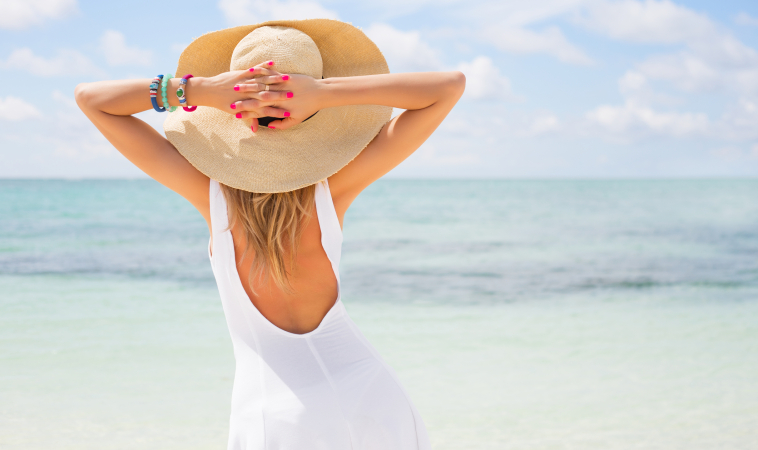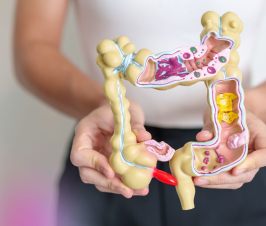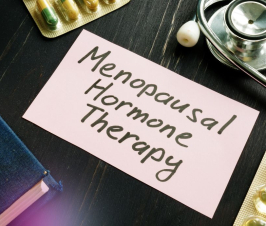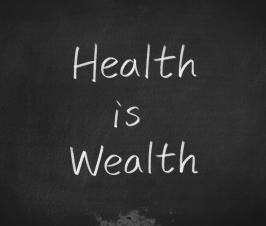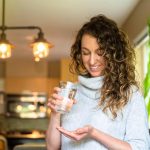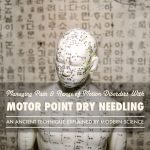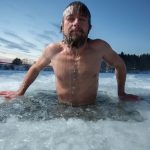It’s time to address the sunscreen issue. While sunscreen use continues to climb, skin cancer rates, in particular melanoma, continue to rise as well- climbing 200% from 1975-2013. This presents a dilemma, as for decades we have been told that sunscreens prevent cancer, and we need to stay out of the sun. This is the sunscreen paradox.
UVA vs. UVB
One of the issues is that until very recently, sunscreens focused on screening out UVB rays, which are the ones most associated with sunburn. Originally the UVB rays were also thought to be more carcinogenic than the UVA rays. In fact, the SPF rating that we are all familiar with ONLY refers to the protection from UVB rays. But we are also exposed to UVA rays as well, which have been found to be actually more dangerous, penetrate the skin more deeply, and may be a much more important factor in photoaging, wrinkles, and skin cancer, particularly melanoma. Recent research has demonstrated that it is the UVA rays that are important risk factors in the development of malignant melanoma, which is a highly aggressive skin cancer.
It has only been in the last few years that this has filtered into the sunscreen industry which now is busy incorporating UVA protection into its formulas. This is a good move in the right direction. How will you know if your sunscreen is protecting against BOTH UVA and UVB? Look for the term “Broad- Spectrum”, which means the formulation was designed to protect the skin from both UVA and UVB rays.
Toxic Ingredients
Keep in mind, however, that many sunscreens contain toxic ingredients. According to the Environmental Working Group (EWG), about 75% of the sunscreens on the market have ingredients of concern. The sunscreens on the market vary considerably in their ingredient lists with many of them containing toxic and questionable chemical compounds. EWG lists on its website an extensive compilation of sunscreens so that you can see the best and the worst of what’s available: https://www.ewg.org/sunscreen/
Sunscreens have two different classes of chemical compounds that protect the skin against UV radiation: chemicals that are absorbed into the skin to do their work, and minerals that simply sit on top of the skin and reflect the sun’s rays. By far, the chemical ingredients that soak into your skin are the predominant ones found in commercial sunscreens. Unfortunately many of them are endocrine disruptors, which mean they disturb your hormones. Since these ingredients are absorbed into your skin, they very quickly migrate to your blood stream and are carried all over your body. Indeed, sunscreen chemical filters have been found in urine, blood, and breast milk. One of them, oxybenzone, has been detected in 96% of the American population, according to the Centers for Disease Control (CDC).
Oxybenzone (also known as benzophenone-3; 4-MBC; and homosalate) is an endocrine disruptor and penetration enhancer linked to low birth weights in baby girls whose mothers are exposed during pregnancy. Low birth weights is a risk factor for diseases found later in life such as coronary heart disease, hypertension, and type 2 diabetes.
According the EWG there are nearly 600 different sunscreens that rely on oxybenzone for sunscreen protection, including products by Hawaiian Tropic, Coppertone, and Banana Boat. Be aware that other personal care products such as facial moisturizers, lip balm, lip sticks, anti-aging creams and conditioners also have been found to contain it, as the trend for offering SPF protection in other-than-sunscreen facial products grows. As well, other chemical filters such as avobenzone, octisalate, homosalate, and octinoxate (octylmethoxycinnamate) have been shown to have endocrine disrupting properties.
Mineral Sunscreens
By way of contrast, the two mineral ingredients, titanium dioxide and zinc oxide, sit on top of your skin and reflect the sun’s rays and do not have to be applied 20 minutes before exposure to the sun, and last longer as well, because they are not absorbing into the skin. As a bonus, they reflect both UVA and UVB rays, making them broad spectrum. They are the safer option with sunscreens. Of course, wearing a hat, sunglasses, and finding the shade are great strategies for avoiding too much sun exposure as well.
Don’t forget that exposing your skin to the suns healing rays is healthful. After all, we human beings have thrived for many thousands of years under the sun’s warm and healing wavelengths. As late as the twentieth century, heliotherapy was used on Tuberculosis patients to take advantage of the antiseptic qualities of the sun.
Exposure to natural sunlight has been found to:
- Influence sleep quality by regulating melatonin
- Anti-bacterial
- Healing for skin conditions such as acne, psoriasis, eczema
- Improves immune system
- Makes Vitamin D which influences 2,000 different genes
Lack of Vitamin D has also been associated with worse outcomes from melanoma. Recently an interesting Italian study which looked at a large group of Italian melanoma patients, found that a history of sunny holidays correlated to a better outcome in their cancer. Their hypothesis, in line with other studies, suggests that the higher Vitamin D levels created with sun exposure, is the mortality reducing factor. In fact, Vitamin D levels have been found to protect against many cancers including breast and colon cancer.
Recommendations
My recommendations for sunscreen are to use the mineral formulations, zinc oxide and titanium dioxide, when opting for sunscreen protection. This way you are minimizing your exposure to harmful chemical filters that are being absorbed into your skin, while also obtaining the broad spectrum protection that you desire. In addition, don’t forget basic sun gear such as hats, sunglasses and other shade providers when you are going to spend time out in the sun and don’t want to get burned. Finally, exposing your skin to the sun’s rays for at least a few minutes a day is crucial for good health and proper immune functioning via formation of Vitamin D, which means don’t avoid the sun in its entirety.
 Dr. Anne Marie Fine is a practicing doctor, award-winning researcher, author and highly sought after national and international speaker based in Newport Beach, CA. Her focus is on environmental medicine; she is especially sensitive to the weighty effects of today’s myriad toxicants from personal care products on developing fetuses, babies, children and adults.
Dr. Anne Marie Fine is a practicing doctor, award-winning researcher, author and highly sought after national and international speaker based in Newport Beach, CA. Her focus is on environmental medicine; she is especially sensitive to the weighty effects of today’s myriad toxicants from personal care products on developing fetuses, babies, children and adults.
She has published numerous articles in peer-reviewed medical journals and speaks nationally and internationally on environmental medicine, epigenetics, toxicants in personal care products and other topics. She currently serves as Director of Education on the board of directors of the Naturopathic Academy of Environmental Medicine (NAEM). As well, she serves as a science adviser for the website www.madesafe.org, an organization that provides America’s first comprehensive human health-focused certification for nontoxic products that crosses consumer categories.
Dr. Fine is also the Founder & C.E.O. of Fine Natural Products, LLC, a company dedicated to formulating non-toxic skin care products and educational information designed to create a healthier world for all.
Dr. Fine graduated with high honors and obtained her doctorate in Naturopathic Medicine from the Southwest College of Naturopathic Medicine in Tempe, Arizona. Armed with a Bachelor’s degree in business from the University of Notre Dame, she enjoyed a successful career as an executive in corporate finance before making the radical discovery that natural medicine solved her health issues. Feeling this was way more powerful than mere number crunching, she left her job to pursue a higher calling.

